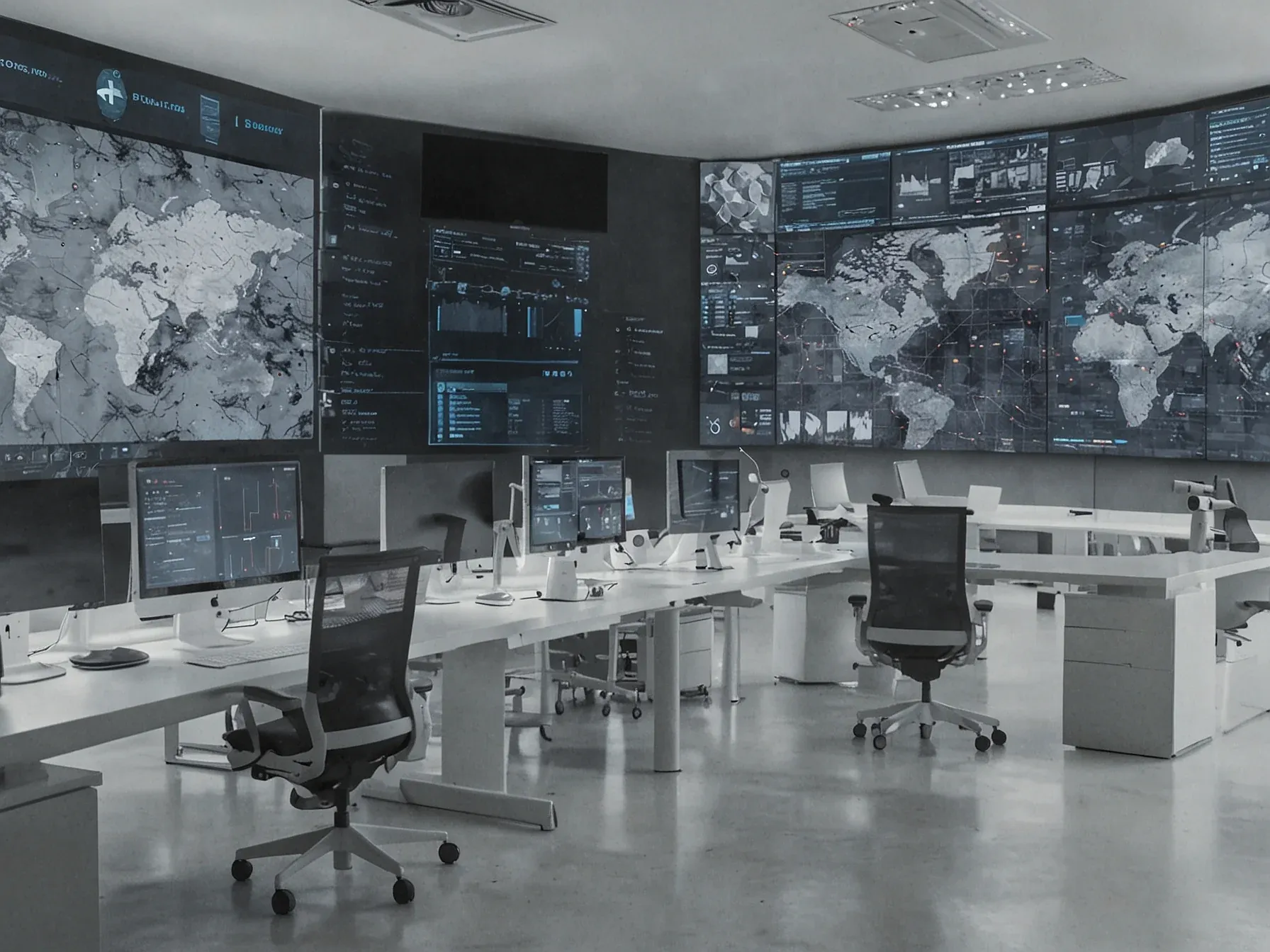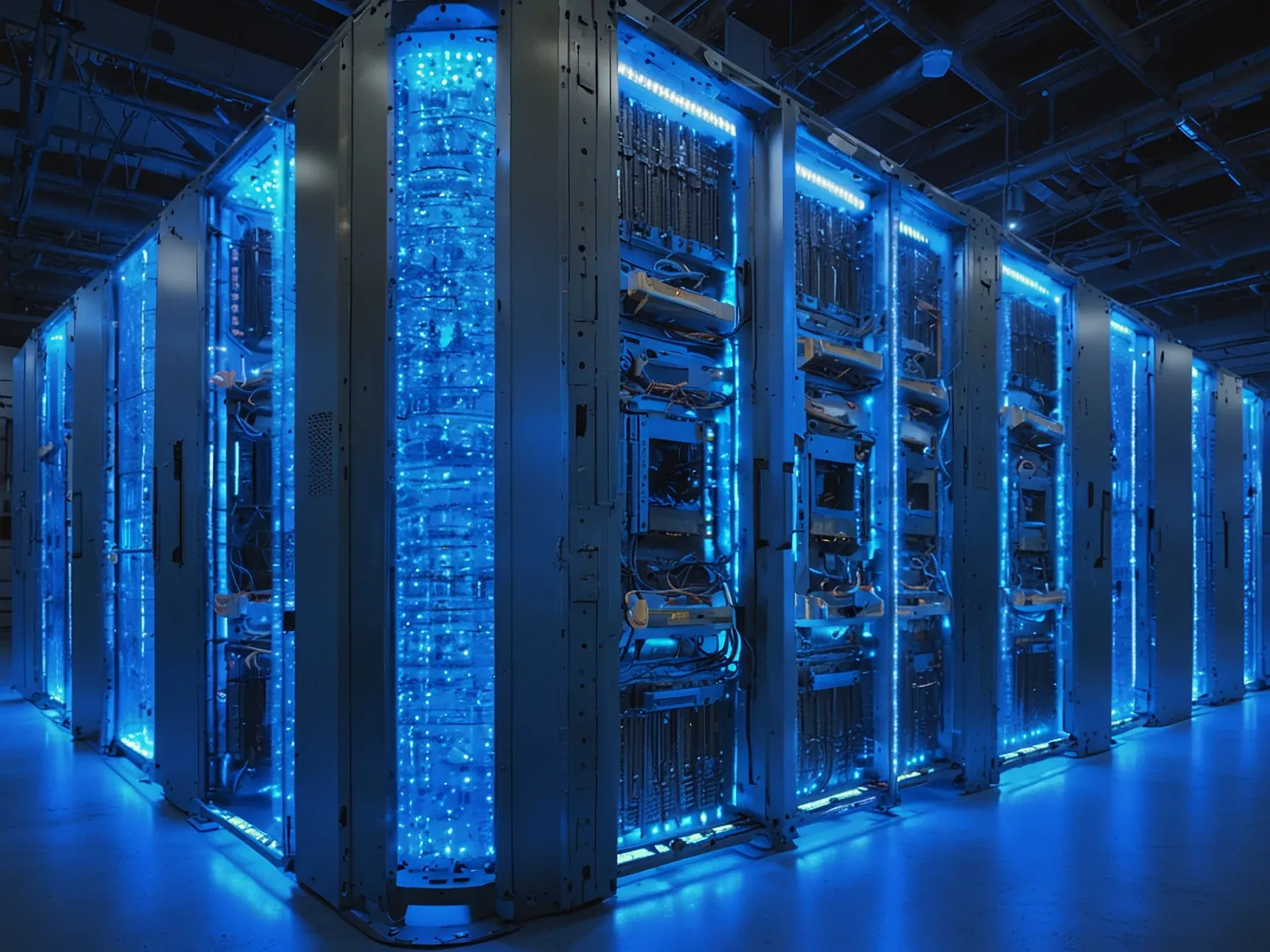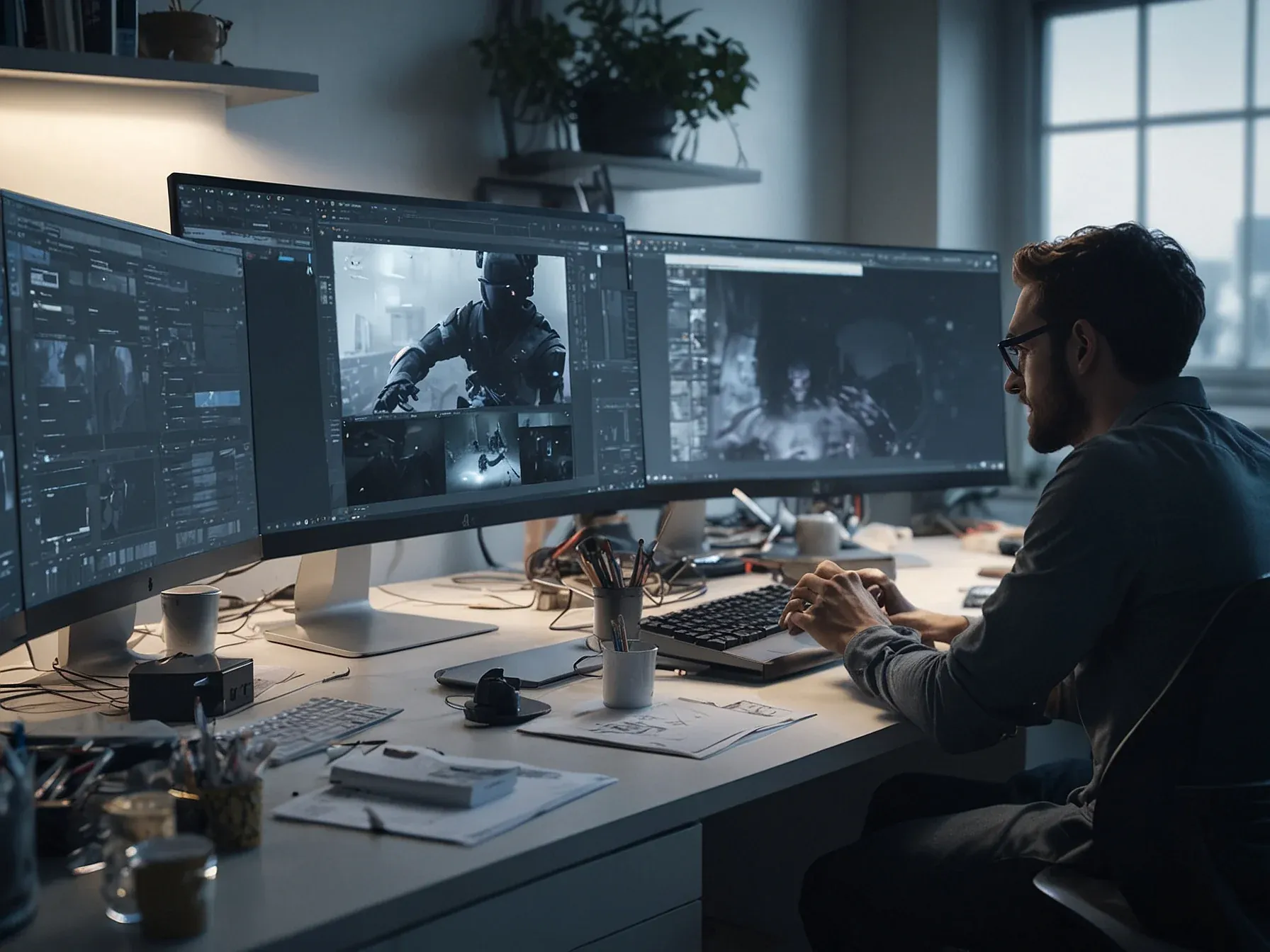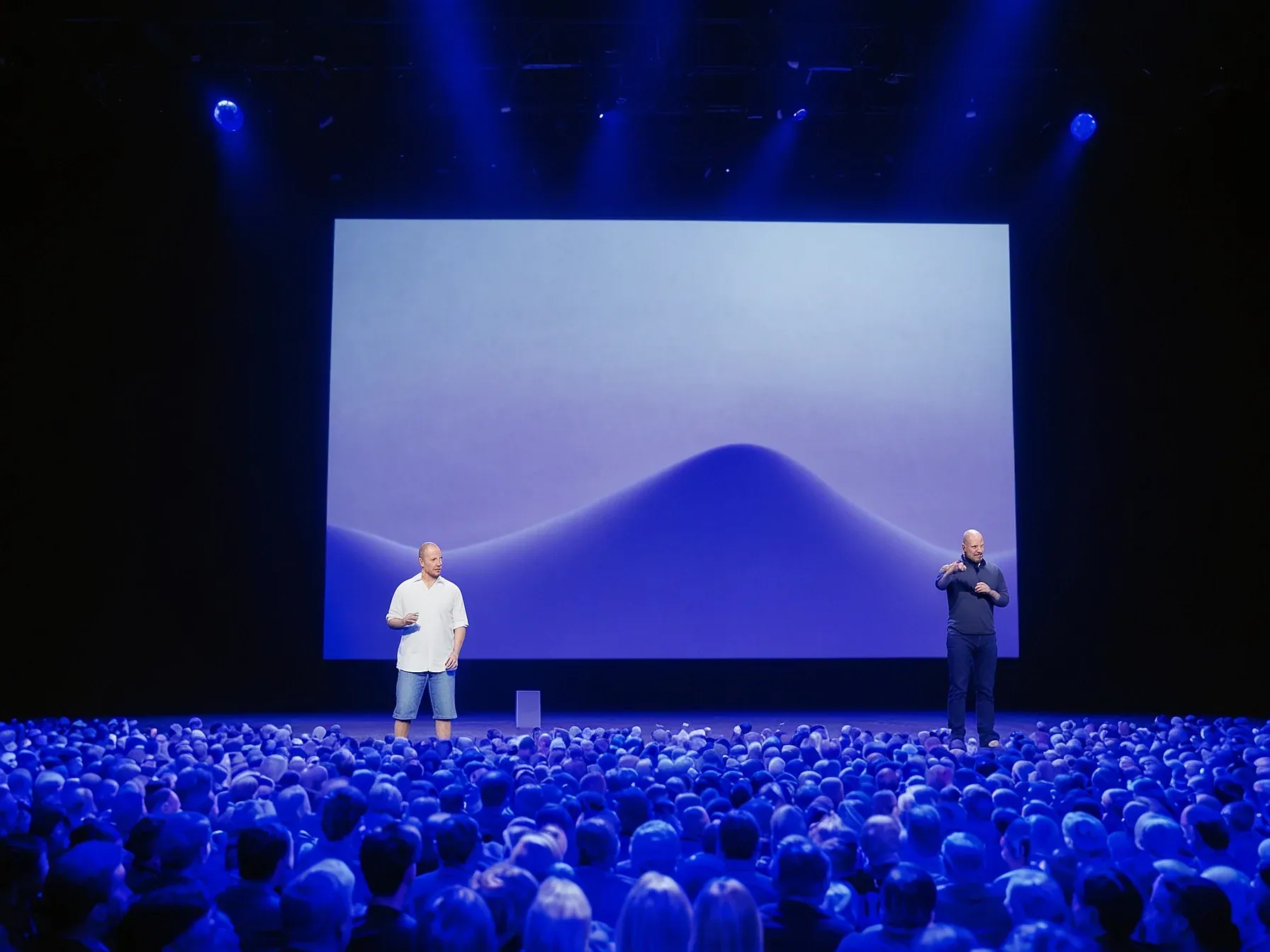
World Labs Unveils Marble 3D Multimodal Model and Marble Labs Workspace
Why does a new 3D world model matter now? Fei‑Fei Li’s World Labs just released Marble, a multimodal model that lets developers and artists generate three‑dimensional environments from text, images or sketches. The tool is positioned for public use, a move that nudges the technology out of research labs and into everyday creative pipelines.
While the model itself draws attention, the company is also rolling out a companion platform aimed at the people who will actually build with it. Marble Labs promises a curated space for exploring workflows, case studies and documentation—resources that could shorten the learning curve for newcomers. But here’s the reality: other startups such as Decart and Odyssey are already experimenting with similar 3D capabilities, so the pressure to provide a supportive ecosystem is high.
The question is whether World Labs can give artists, engineers and designers a place to test limits and share results. That’s the promise behind the launch, and the company summed it up succinctly:
Alongside the launch, World Labs introduced Marble Labs, a workspace for creators to explore workflows, case studies, and documentation. "It is where artists, engineers, and designers push the boundaries of world models," the company said. There are many other startups like Decart and Odyssey building world models and putting out free demos, and Google's Genie is still only in a research preview.
Marble supports text-to-world and image-to-world generation, as well as multi-image and video inputs for greater control over scene structure. Worlds can be exported as Gaussian splats, triangle meshes, collider meshes, or videos with pixel-level camera control. Marble now includes AI-native world editing tools, enabling object removal, style changes, and structural modifications.
World Labs also unveiled Chisel, an experimental 3D sculpting mode that lets users design coarse layouts and apply styles through prompts. "Chisel decouples structure from style," according to the company. Users can expand worlds through one-step enlargement or compose multiple worlds to build large spaces.
Can Marble live up to its promises? World Labs says the model can generate 3D environments from text, images, video, or rough layouts, and lets users edit worlds on the fly. The public release follows a two‑month beta with early adopters, but performance metrics remain undisclosed.
With $230 million raised last September, the startup has the capital to iterate, yet how quickly creators will adopt the platform, integrate it into existing pipelines, and justify its cost is still unclear. Marble Labs, the accompanying workspace, offers case studies and documentation, positioning itself as a hub where artists, engineers, and designers experiment with world models. The company frames this as a space to push boundaries, but concrete examples of output quality have not been shared.
Competitors such as Decart and Odyssey are also developing multimodal 3D tools, suggesting a crowded field. Whether Marble will distinguish itself or simply add another option for developers is uncertain. For now, the tool is available to the public, and its real‑world impact will depend on how effectively it integrates into existing creative pipelines.
Further Reading
- Marble: A Multimodal World Model - World Labs - World Labs
- Generating Bigger and Better Worlds - World Labs - World Labs
- Research & Insights - World Labs - World Labs
Common Questions Answered
What input modalities does the Marble multimodal model accept for generating 3D environments?
Marble can generate three‑dimensional worlds from text prompts, static images, video clips, and rough layout sketches. This multimodal capability lets developers and artists choose the most convenient medium for their creative workflow.
How does the Marble Labs workspace support creators using the Marble model?
Marble Labs provides a dedicated workspace that includes curated workflows, case studies, and extensive documentation. It is designed for artists, engineers, and designers to experiment with world‑building, share best practices, and accelerate integration of the model into production pipelines.
What is known about Marble's performance metrics after its two‑month beta period?
The model completed a two‑month beta with early adopters, but the company has not disclosed specific performance metrics such as generation speed or fidelity. As a result, potential users must rely on qualitative feedback until quantitative data is released.
In what ways does Marble differ from competing world‑model projects like Decart, Odyssey, and Google's Genie?
Unlike Decart and Odyssey, which offer free demos, and Google's Genie, which remains in a research preview, Marble is launched for public use with a full commercial offering. This positions Marble as a more production‑ready solution, though its cost and adoption rate are still uncertain.




